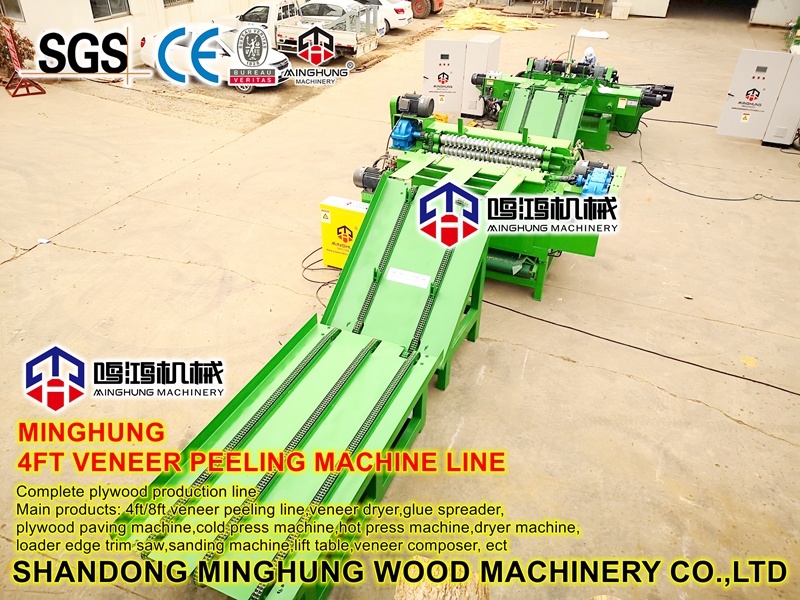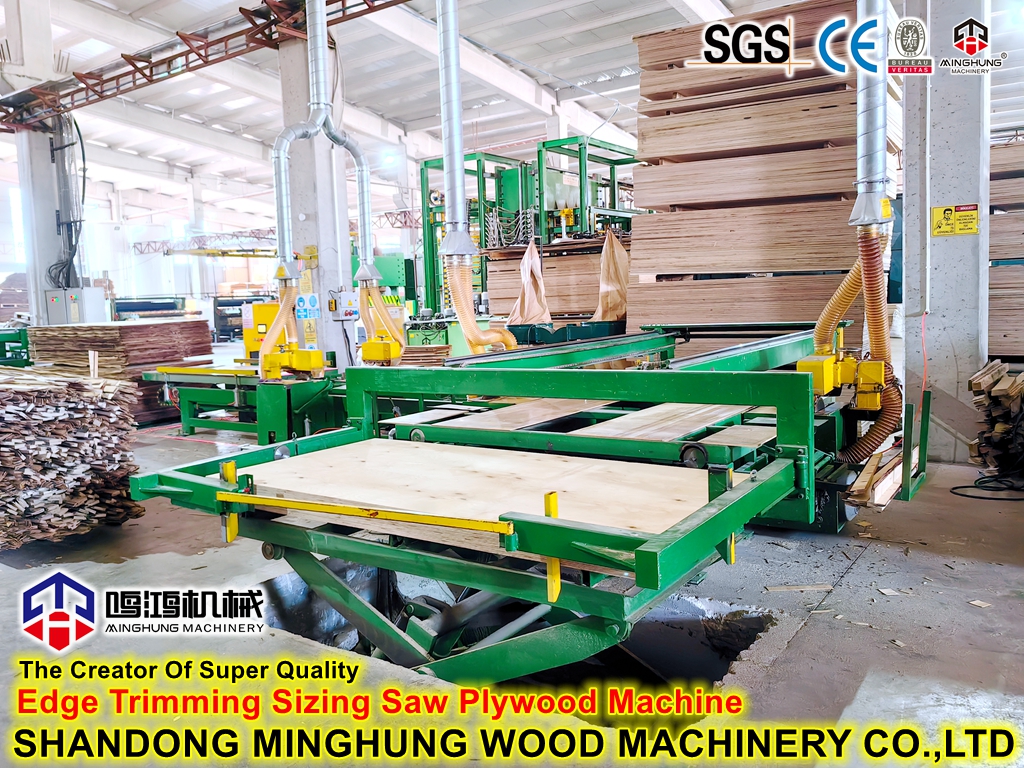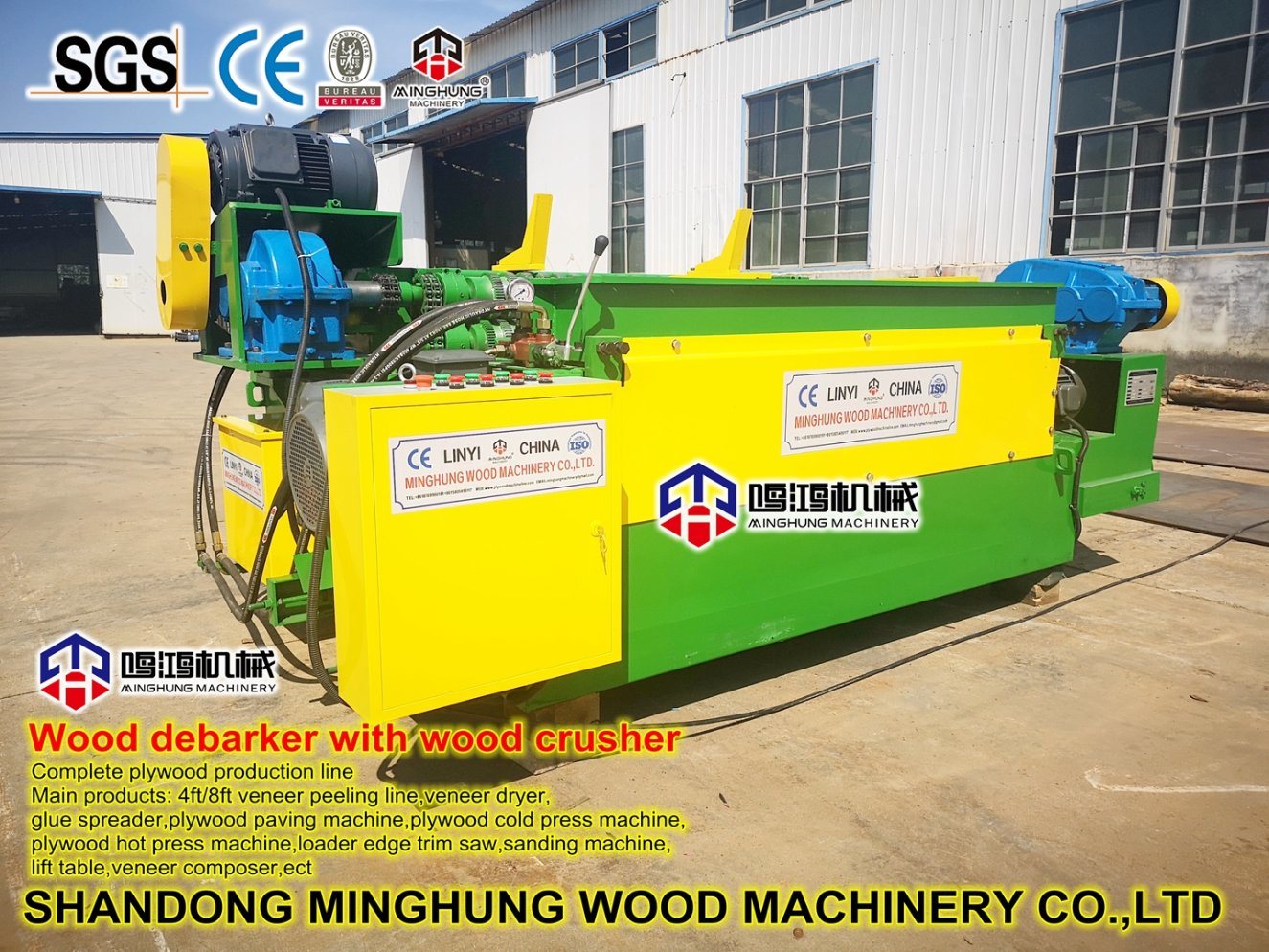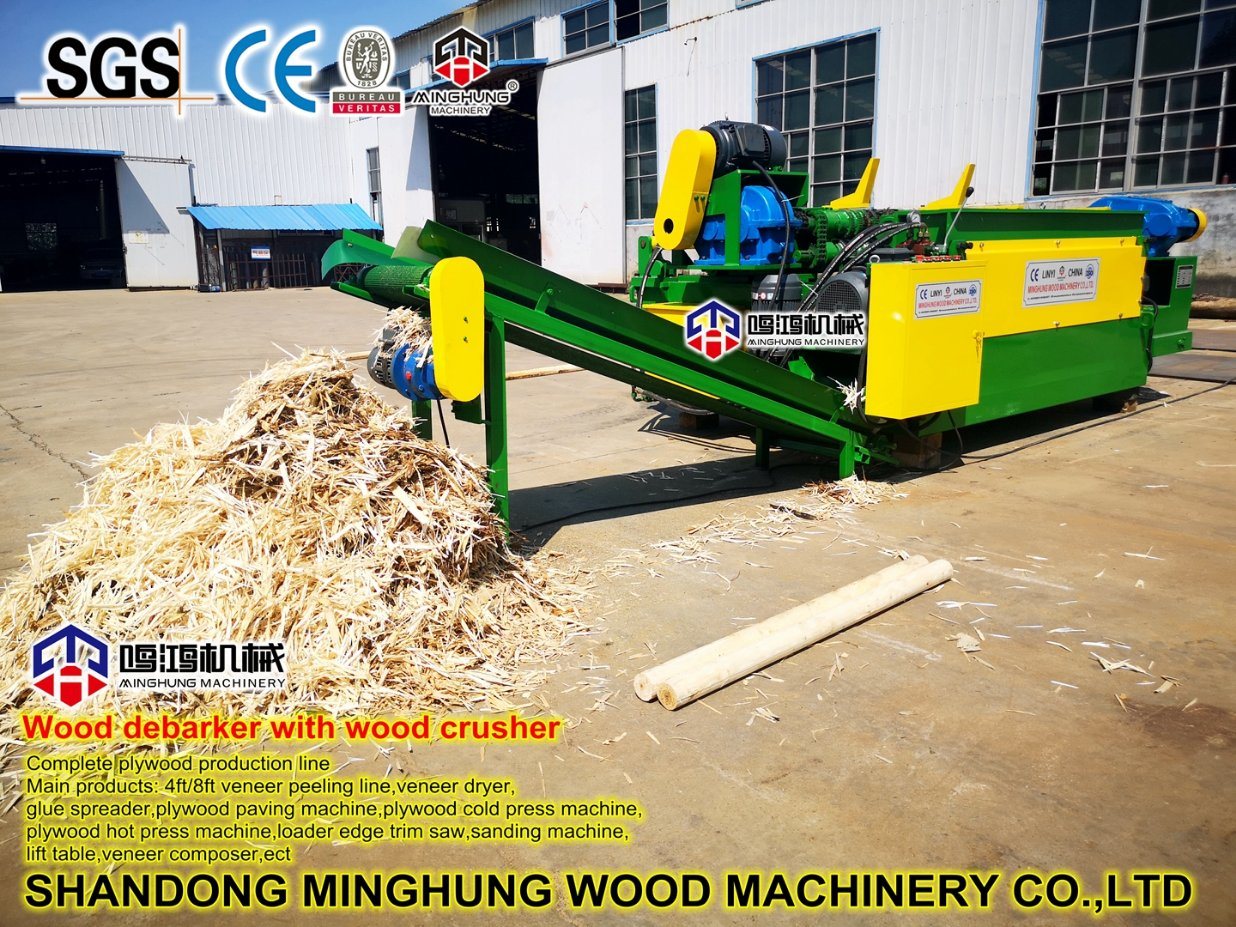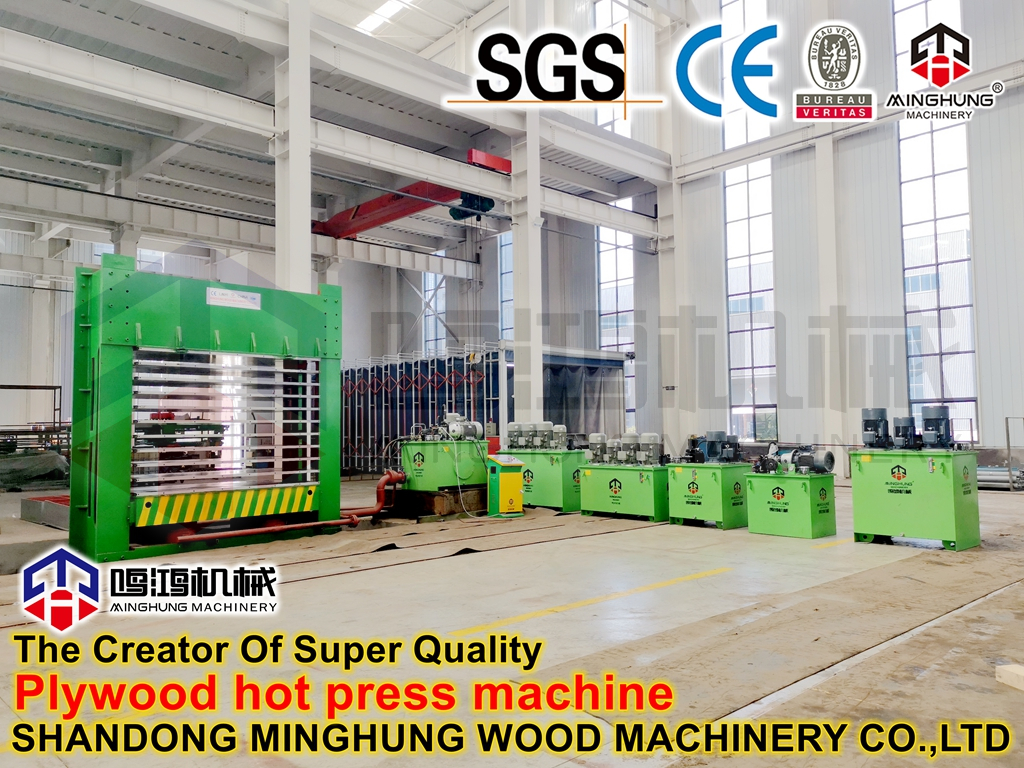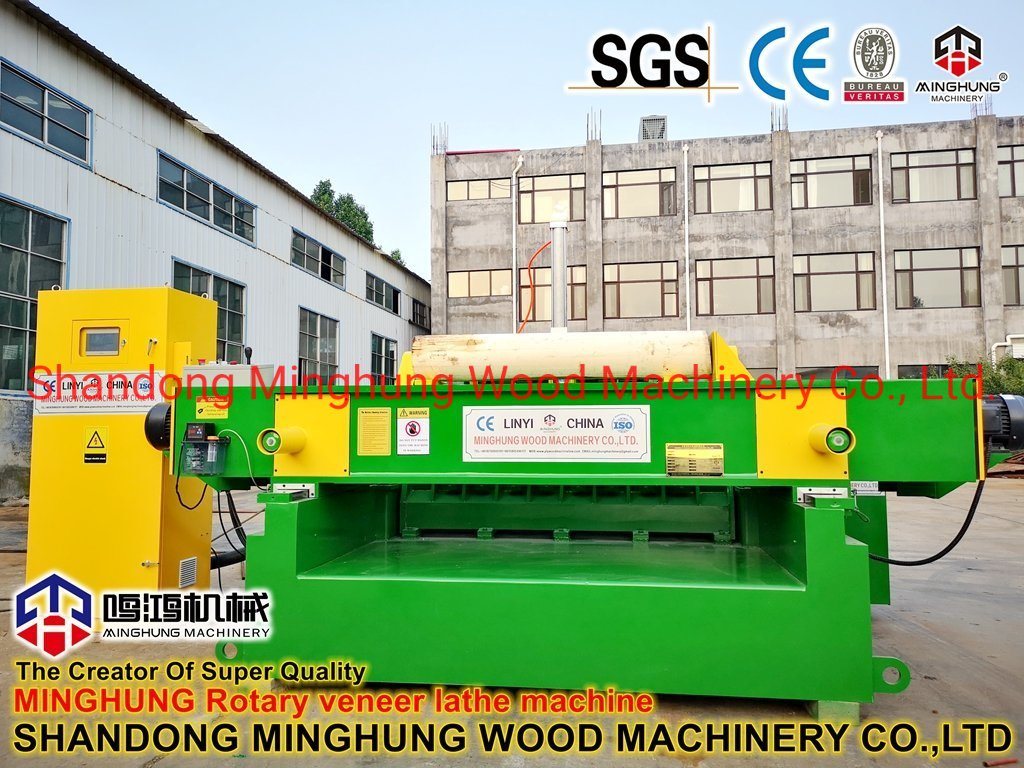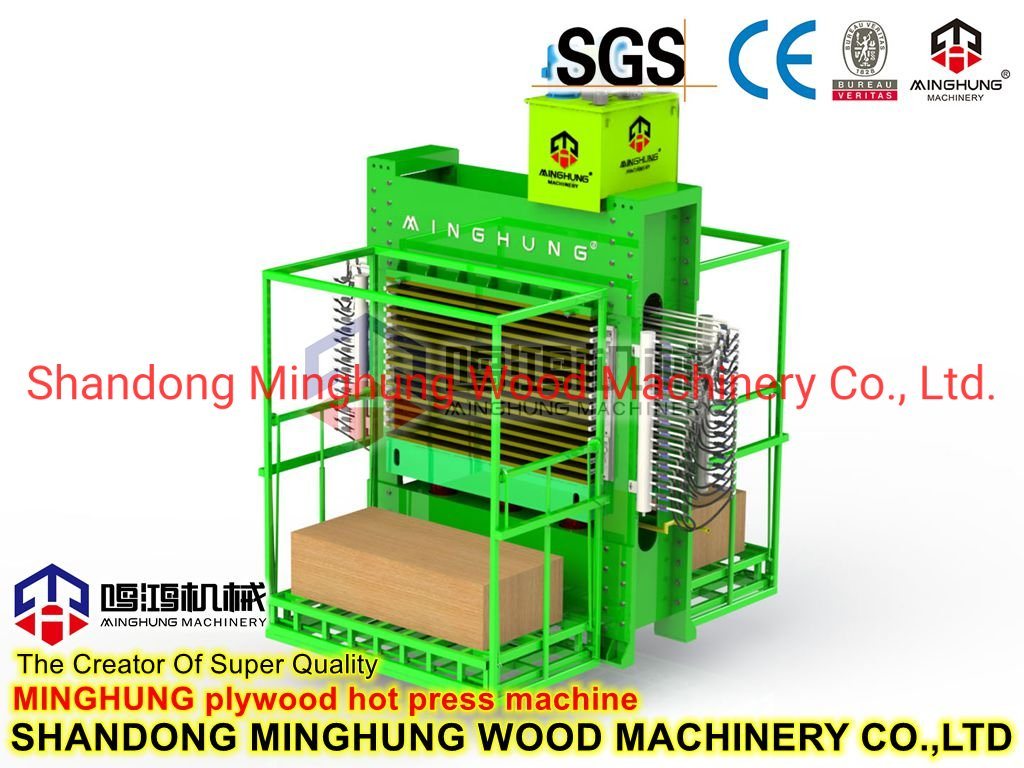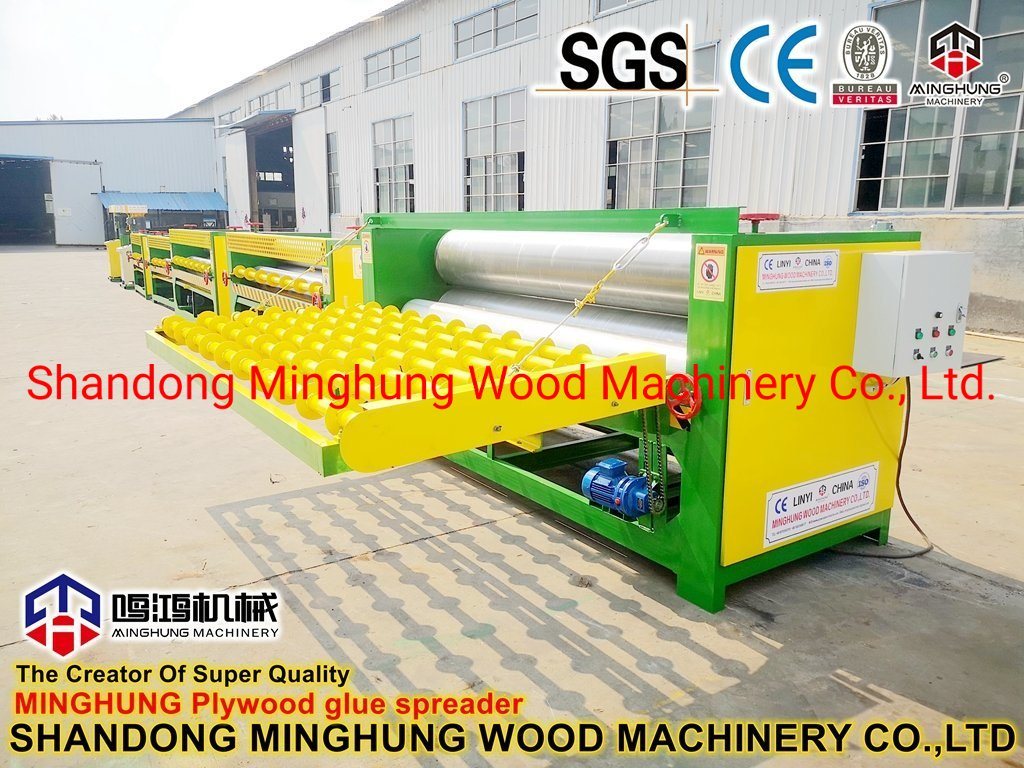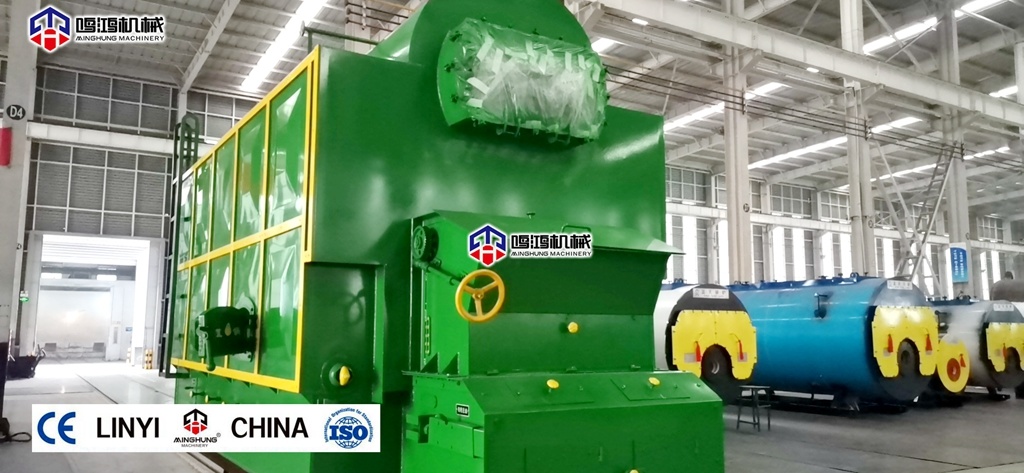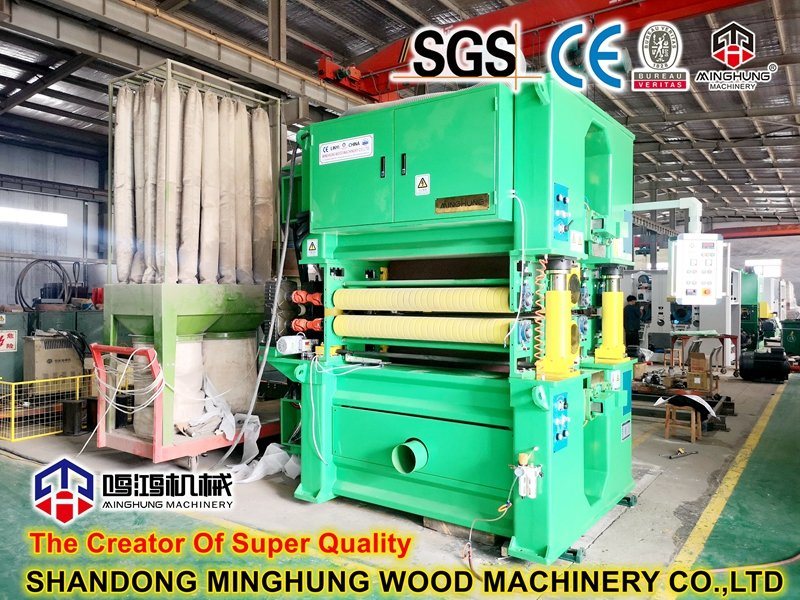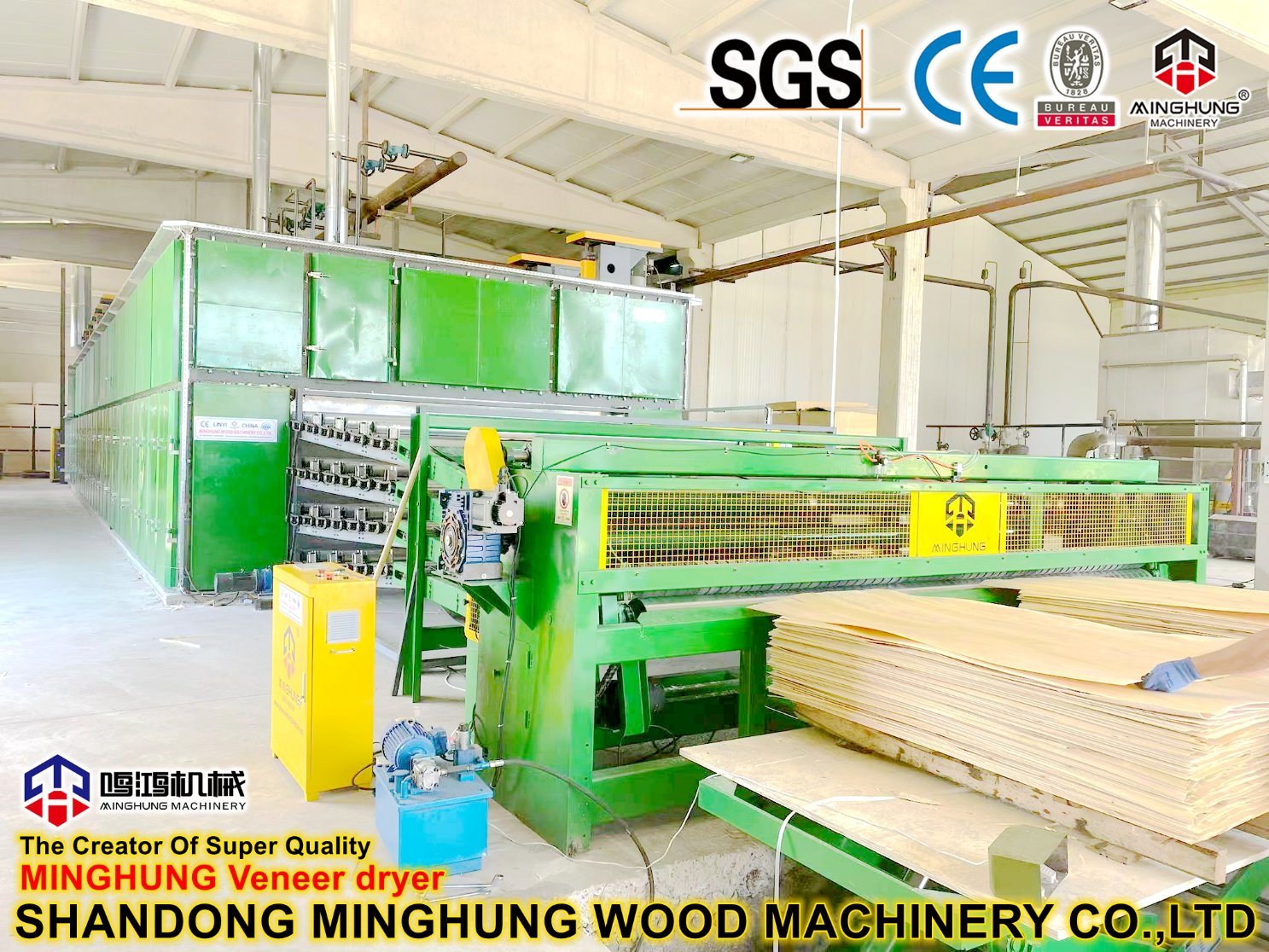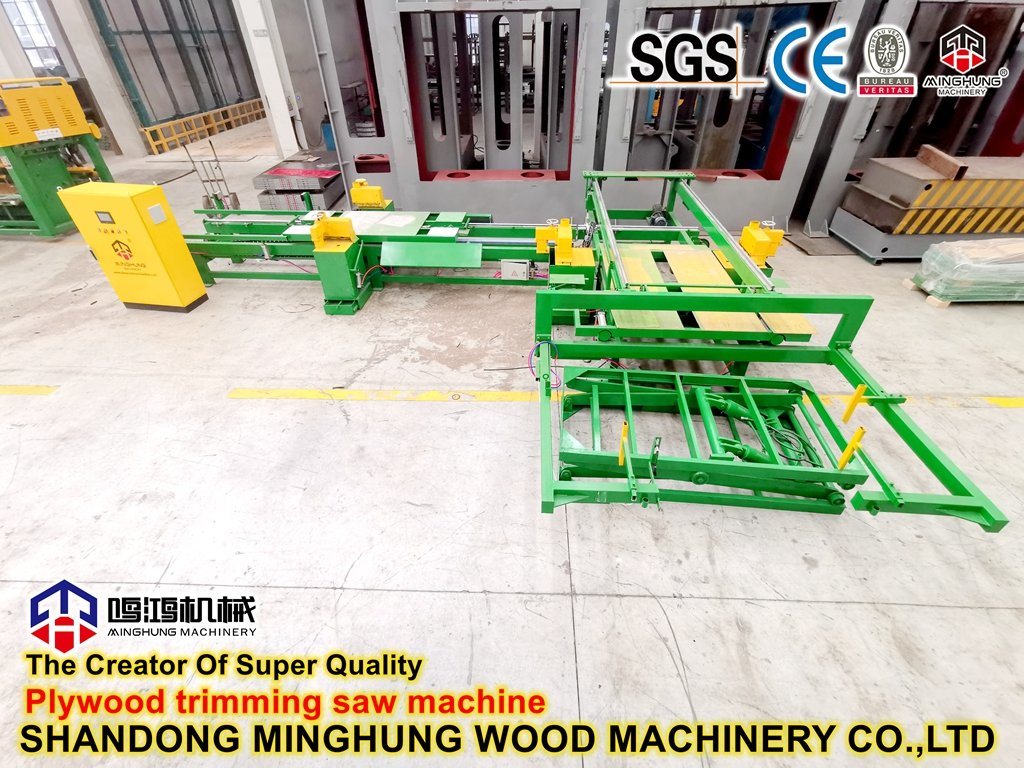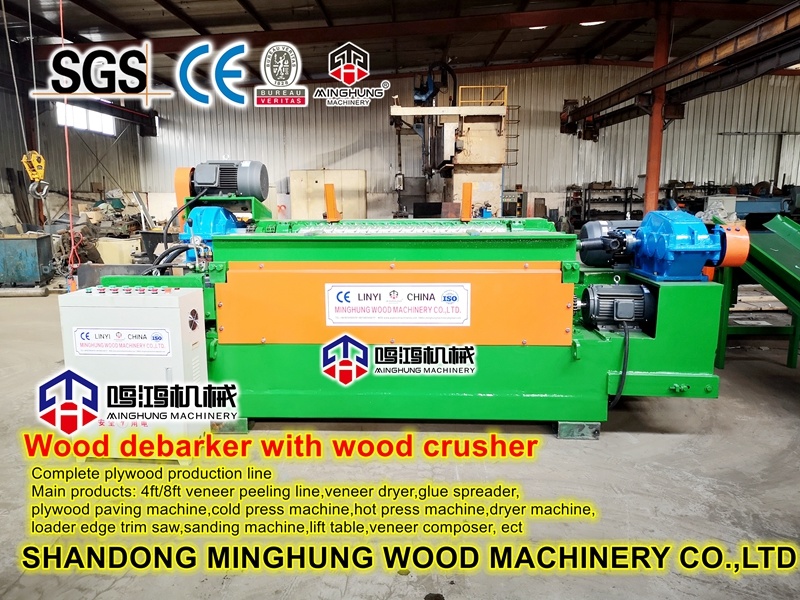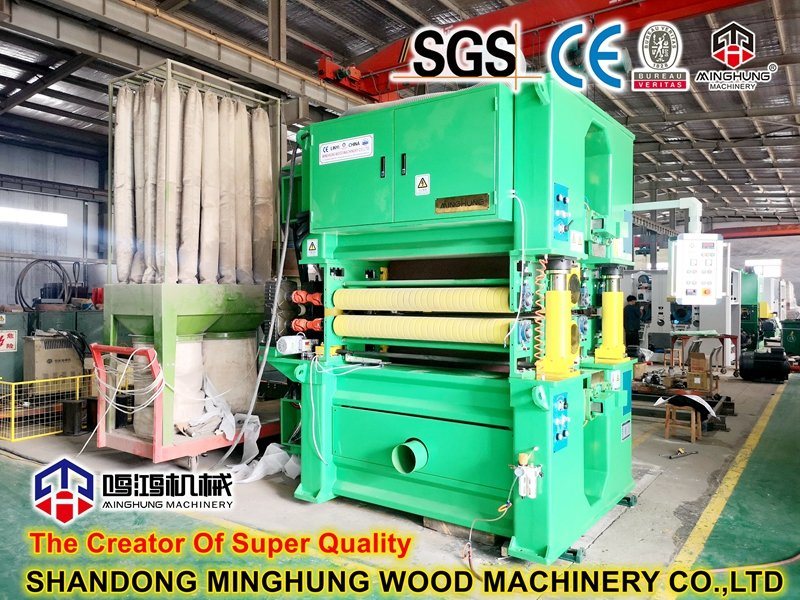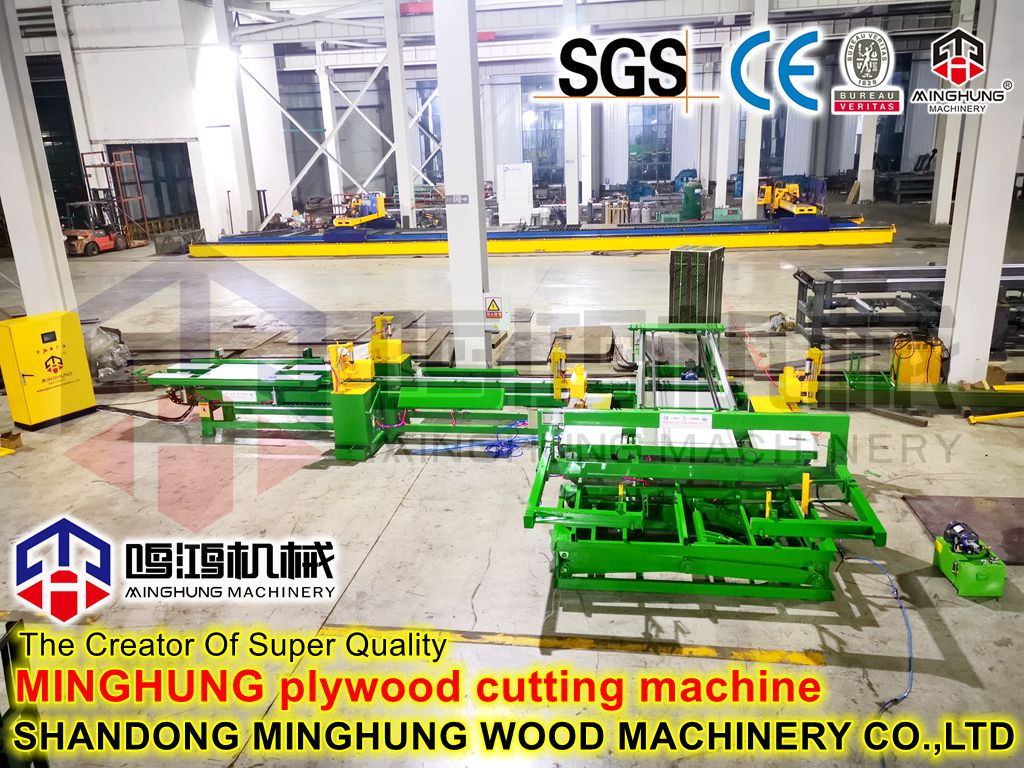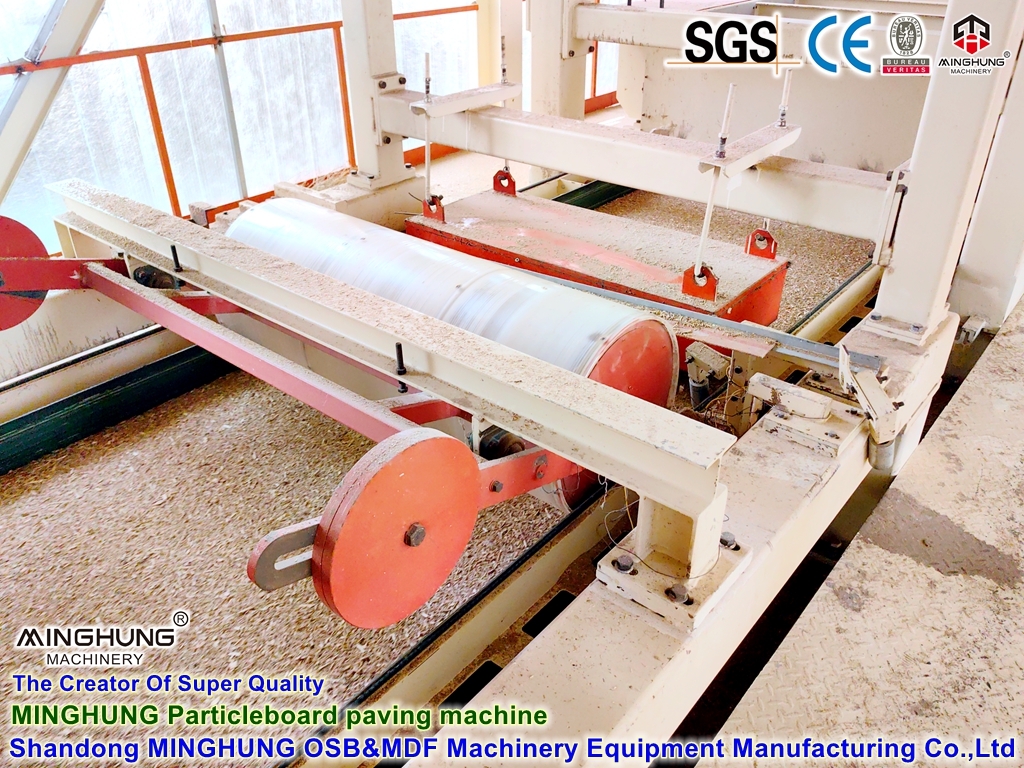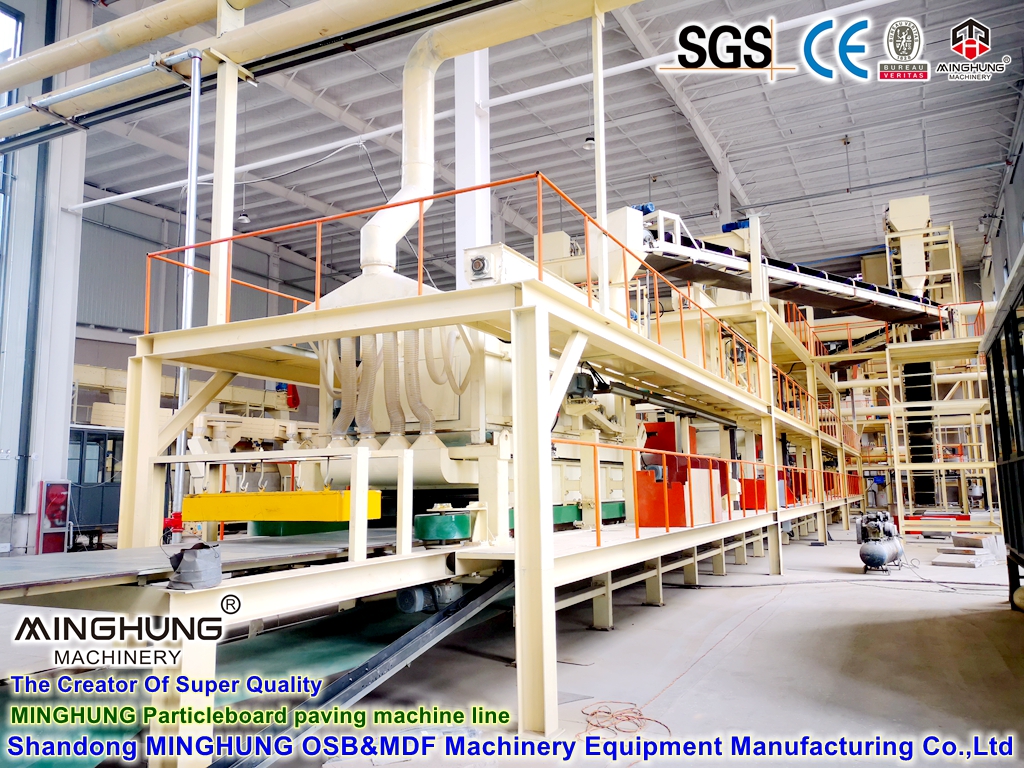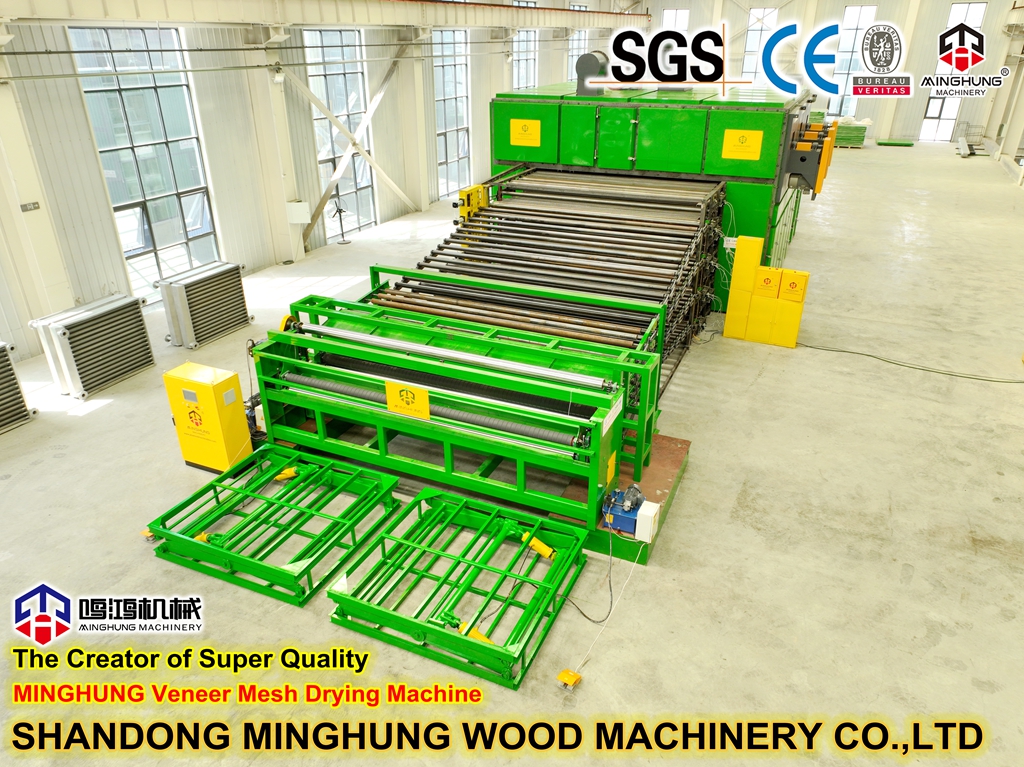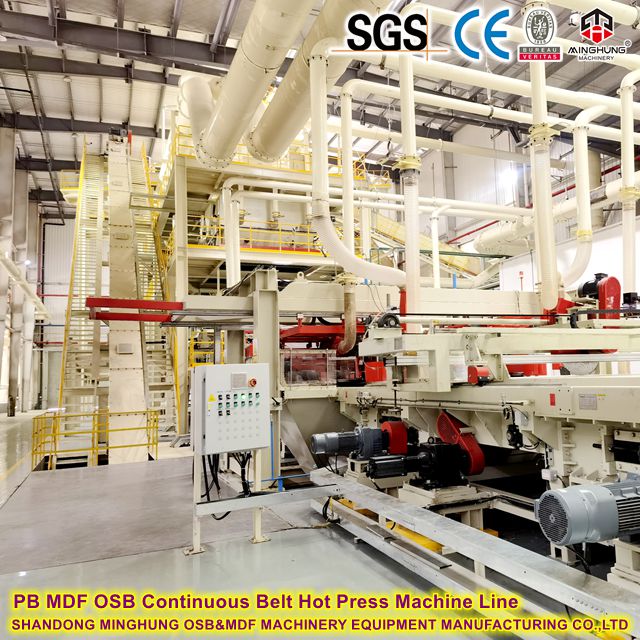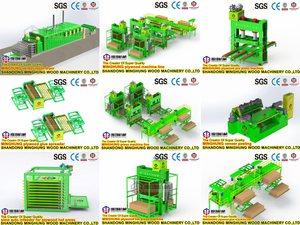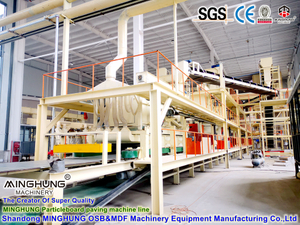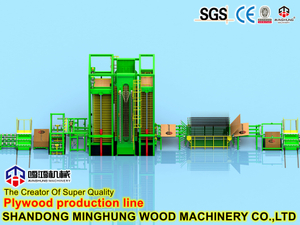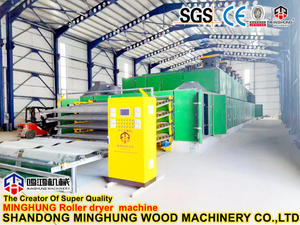1. Press Frame: High-rigidity design to withstand complex stresses from zoned pressure.
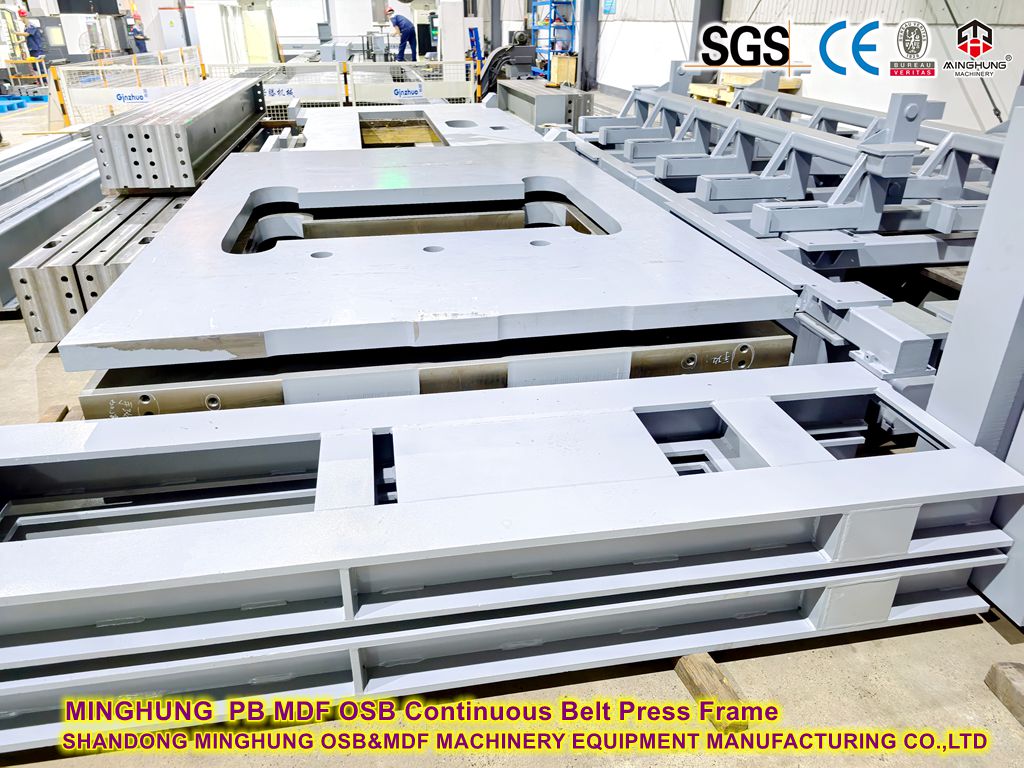
2. Heating Platens:
High-precision machining to ensure flatness and parallelism.
Pressure Zoning Typically achieved via a multi-cylinder system:
Independent Cylinder Groups: Each pressure zone corresponds to one or more independent hydraulic cylinders underneath, precisely controlled by servo-proportional valves for pressure and position.
Servo Motor Drive: Each zone driven by an independent servo motor and ball screw (more precise, relatively simpler maintenance).
Temperature Control Zoning Implementation: The platens contain internal networks of independent heating/cooling medium channels corresponding to the 12 temperature zones. Requires sophisticated drilling and welding/sealing techniques.
3. Hydraulic System / Drive System:
Hydraulic Solution: Requires multiple independent or highly controllable hydraulic power units, servo valves, accumulators, sensors (pressure, position). Results in high system complexity and cost.
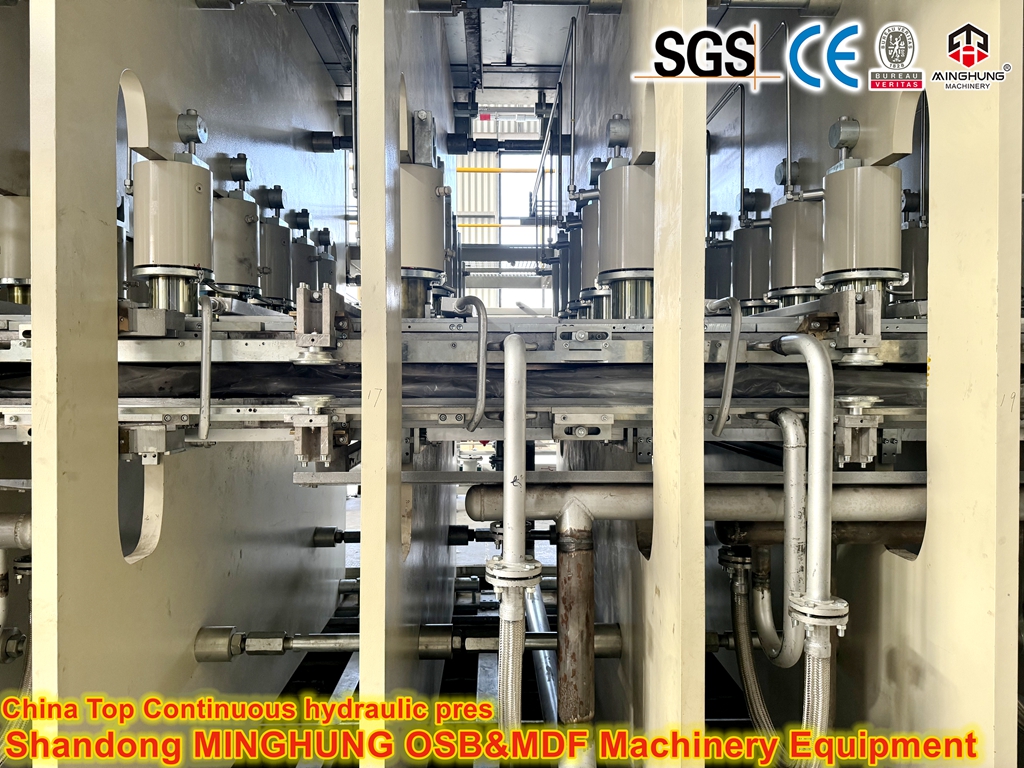
Servo Motor Solution: Requires multiple high-power servo motors, drives, high-precision position encoders. Offers more precise control, potentially lower energy consumption, and relatively simplified maintenance.
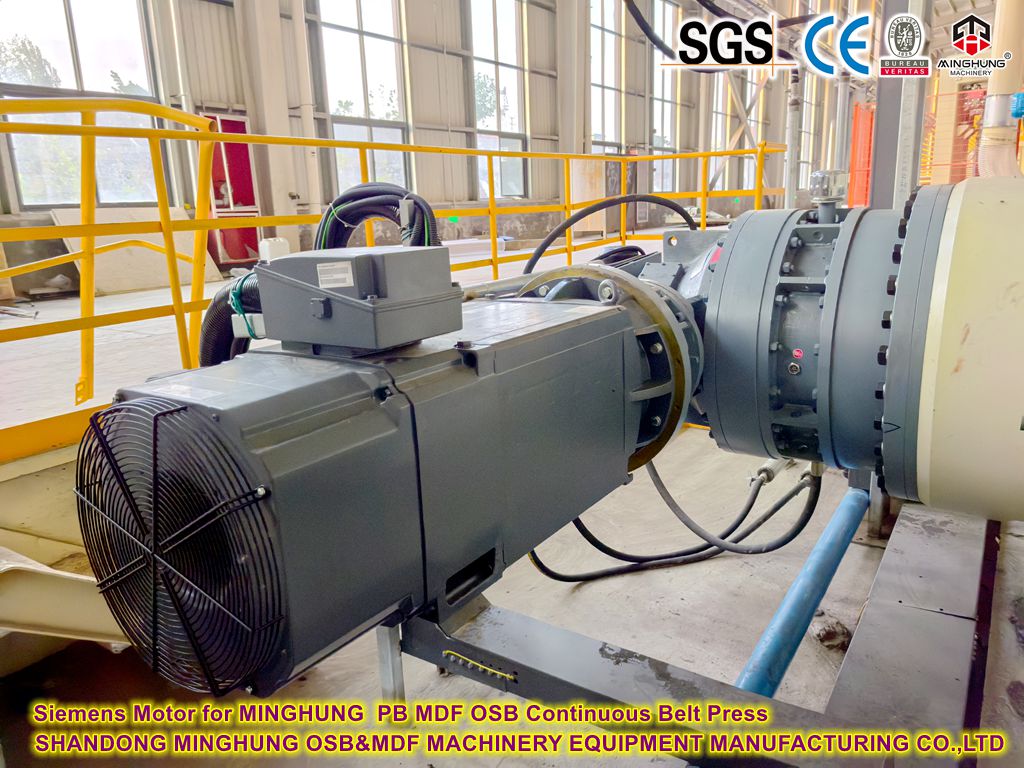
4. Temperature Control System:
Complex steam or thermal oil distribution system, equipped with 12 sets of independent control valves (regulating valves, on/off valves), temperature sensors, and PID controllers.
May require an efficient cooling system (e.g., chilled water) for rapid cooling or precise temperature control.
5. Control System:
Core: High-performance industrial PLC control system.
Functions:
Independently acquire and process pressure/position signals from the 12 pressure zones and temperature signals from the 12 temperature zones.
Independently perform closed-loop control of pressure and position for each pressure zone (set pressure profiles, dwell, decompression).
Independently perform closed-loop temperature control for each temperature zone (set temperature profiles).
Advanced Functions: Store and recall process recipes for different products (pressure profiles, temperature profiles, time); real-time monitoring and logging of all zonal parameters; fault diagnosis; safety interlocks (e.g., alarm or shutdown if pressure imbalance between zones is too large); communication with factory MES systems.
HMI (Human-Machine Interface): Graphical interface for intuitive display of each zone's status (pressure, temperature, position); recipe setting; viewing historical curves.
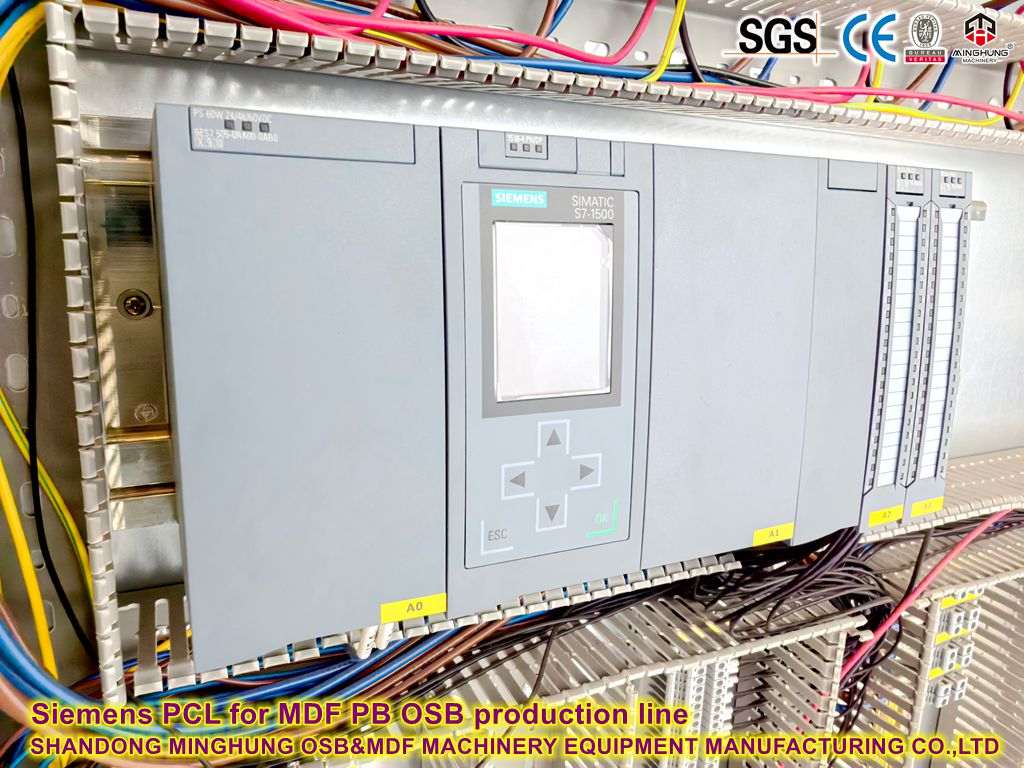

6. Sensors:
Pressure/Position: Each pressure zone requires high-precision pressure sensors and position sensors (e.g., magnetostrictive linear displacement transducers).
Temperature: Each temperature zone requires at least one high-precision, high-temperature resistant, fast-response thermocouple (typically installed inside the platen near the surface).
Producing high-quality furniture board, cabinet board (requires high surface quality, low deformation).
Producing high-end laminate flooring substrates (requires extremely high surface density and wear resistance).
Producing door panels, countertops, and other products demanding high flatness.
Producing particleboard with special structures (graduated, multi-layer) or special density distribution requirements.
Flexible production lines requiring frequent product specification or raw material changes.
Pursuing production of the highest environmental grade boards (e.g., Super E0), where uniformity helps reduce formaldehyde emissions.

